Expert ExaminationBrings Money


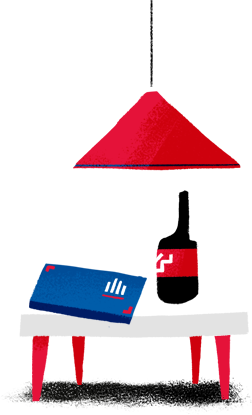







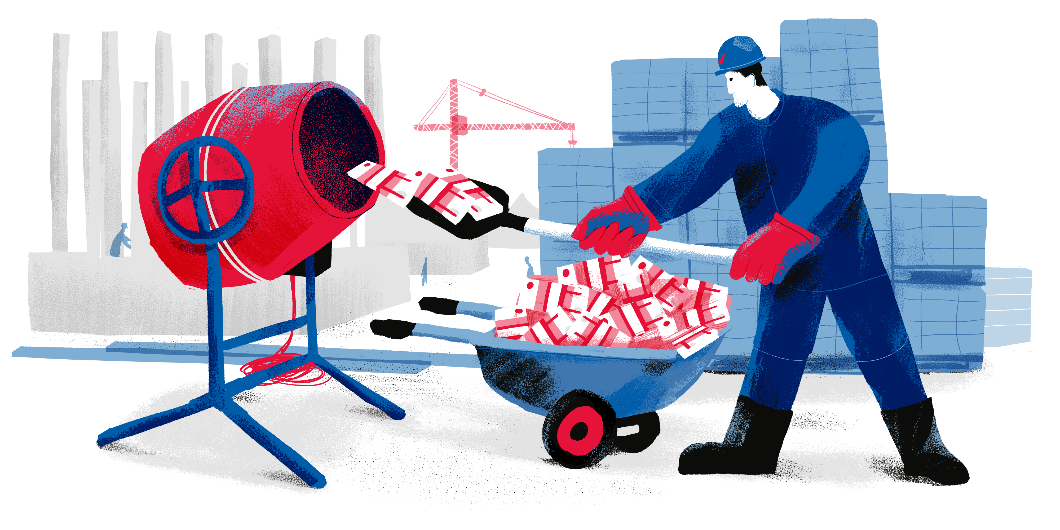
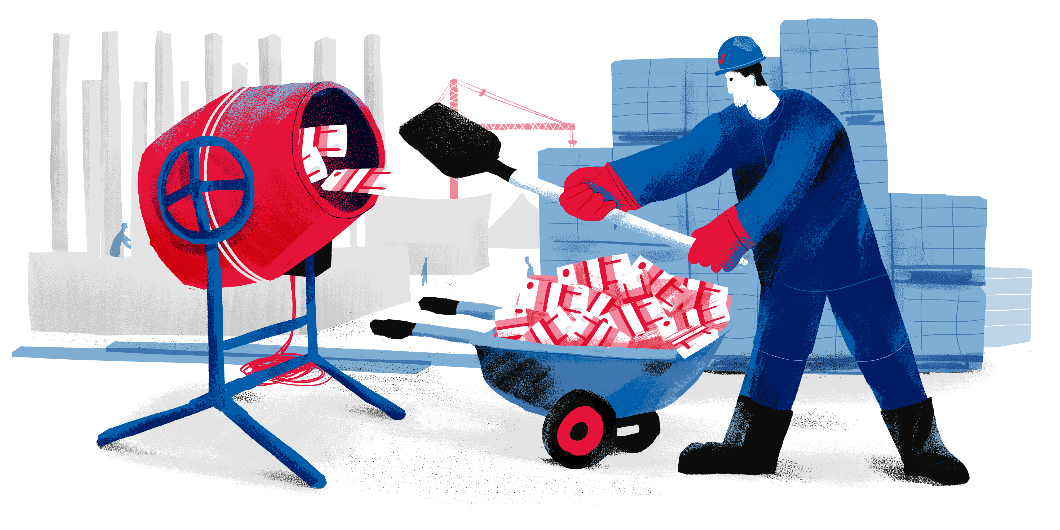
The developer of an elite residential complex in Moscow breached the contract with the general contractor a month before the construction completion. By that time, the general contractor had already completed almost 100% of the work. The developer expected to stiff out the cost of the last stages of work, including those actually completed, for a total of 300 million rubles. But the general contractor did not allow him to do this, with the help of Veta experts.
A large development company decided to build an elite residential complex with an area of more than 50,000 m2 in the center of Moscow. To do this, it concluded a contract for 3,500,000,000 rubles with a foreign general contractor. In a few years the work was almost completed and the residential complex was almost ready for acceptance by the customer. But the management of the developer on its own initiative breached the contract with the general contractor.
According to the law, the developer (customer) has the right to terminate the contract at any time, but they are obliged to pay the general contractor for the work performed. To determine the amount to be paid, it is necessary to find out which works under the contract have been done and which have been not. When it comes to building a large residential complex, this task can take months to solve. But the customer did not want to wait and began to obstruct the general contractor in handing the facility over and delivery of the completed works: he closed access to the construction site, stopped letting in general contractor's employees there and put his own security staff. The general contractor had to conduct long negotiations and involve leading Moscow lawyers to resolve the conflict. As a result, access to the construction site was returned.
At the same time, the general contractor contacted Veta specialists to conduct a pre-trial construction and technical expert examination. He wanted proof of the scope and cost of the work performed. The general contractor assigned the following tasks to the experts:
The expert examination got stuck for several reasons:
The aggregate factors mentioned led to practically round-the-clock study and analysis. As a result, the experts, despite the obstacles, examined the facility, collected the necessary information, and also made photo and video materials.
The experts also helped the general contractor to deliver construction materials worth 2,000,000 US dollars to the developer. To do this, they issued an inventory list — a document describing the rest of materials, their quantity and condition.
The experts used in their study the current Instructional Guidelines on Determining the Cost Of Construction Products on the Russian Federation Territory MDS 81-35. They applied the calculation method, as well as the methods of engineering survey. A graphic simulation of the work was performed. They came to the conclusion that the scope, composition, types, and cost of the work complied with the terms of the contract.
The calculation of the scope and cost of the work showed that the general contractor fulfilled 98% of its obligations, and the actual cost of the work was more than 3,400,000,000 rubles.
After that, the experts searched the residential complex for drawbacks. The drawbacks detected were related to the actions of the customer: he did not ensure the proper safety of the facility.
The experts also determined that the cost of outstanding work was 72,000,000 rubles, or 2% on average of the work. For certain types it was about 20%. However, delays occurred due to the fact that the developer did not transfer the working documentation to the general contractor on time.
The expert opinion confirmed the volume and cost of the work performed, as well as the cost of materials. Veta experts prepared a good basis for reasoned negotiations between the developer and the general contractor. The long process of negotiations ended up in the International Commercial Arbitration Court (ICAC). After several sessions, they concluded a settlement agreement. The general contractor received the required payment.


A closed joint stock company was declared bankrupt, but due to the controversial findings of financial analysis the court ordered an expert examination, which confirmed the deliberate bankruptcy. Veta experts drew up a review and a report based on that examination, and interviewed the author of the examination in court — the interview detected that his conclusions could not be trusted. The court ordered a re-examination, which revealed no signs of deliberate bankruptcy.
By the decision of the Kemerovo Region Arbitration Court dated August 14, 2014, the liquidated debtor CJSC Siberian Resources was declared insolvent( bankrupt), bankruptcy proceedings were opened.
Three years later, the commercial court received a claim from the bankruptcy trustee and one of the bankruptcy creditors to bring the persons controlling the debtor to vicarious liability, and to recover the funds in the amount of 2,136,467,547.06 rubles to the bankruptcy estate of CJSC Siberian Resources.
The judicial decision dated April 20, 2018 established that "when considering this isolated dispute on bringing controlling persons to vicarious liability, the case files contain two financial analyses in relation to the debtor."
The first analysis was the audit company report, which detected no signs of deliberate bankruptcy.
The second analysis ordered by the creditor in bankruptcy proceedings contained the conclusion to the contrary: periods of significant deterioration in solvency ratios and suspicious transactions were detected which caused an increase and (or) the occurrence of insolvency of the Siberian Resources.
Due to such controversial findings, the court appointed an expert examination in the same April 2018.
The question posed to the expert:
Are there any signs of deliberate and fraudulent bankruptcy in the activity of the Siberian Resources Closed Joint Stock Company, based on the requirements of the Provisional Rules for Checking by Bankruptcy Trustees for the Presence of Signs of Fraudulent and Deliberate Bankruptcy, approved by the Decree of the Russian Federation Government No. 855 dated 27.12.2004?
Something was wrong with this expert examination from the very beginning. First, the expert was changed.
The expert's explanation faced objections, including a review and a report by the Veta expert group.
The Veta expert group specialist interviewed the expert mentioned above during the court session and that moment turned out to be key for the court's decision on re-examination. It was at this meeting, after the Veta specialist questioning that it became evident that the expert could not clearly substantiate his position and had made incorrect conclusions.
On April 9, 2019 the court ordered a re-examination.
The re-examination detected no signs of deliberate bankruptcy.
The creditor did not agree with the expert's opinion. He suggested that the expert had not requested the necessary documents and submitted objections to the expert's opinion.
In its turn the expert organization provided written explanations to the creditor's arguments. The court got convinced that the experts had studied all the submitted materials and documents, confirmed their lack of interest in the outcome of the case and signed penal notices.
The court explored the experts' explanations and concluded that the experts presented well-grounded arguments refuting the creditor's position that resolved into “I don’t agree”. The court provided all the documents that the expert needed to immerse himself in the case.
After that, the court refused to assign the creditor additional expert examination and accounting expert examination, since the creditor's petition was the result of his disagreement with the expert's conclusions.
On October 29, 2019, the court denied the trustee and creditor in satisfying their claim for bringing the persons controlling the debtor to vicarious liability.
The Reasons:
There are no reasons to implead anybody on the stated grounds - most of the challenged transactions were carried out in the course of long-term economic relations.
Despite the fact that we joined the case after the first expert examination was performed, we managed to obtain justice for the debtor and prove that the bankruptcy had been unintentional.
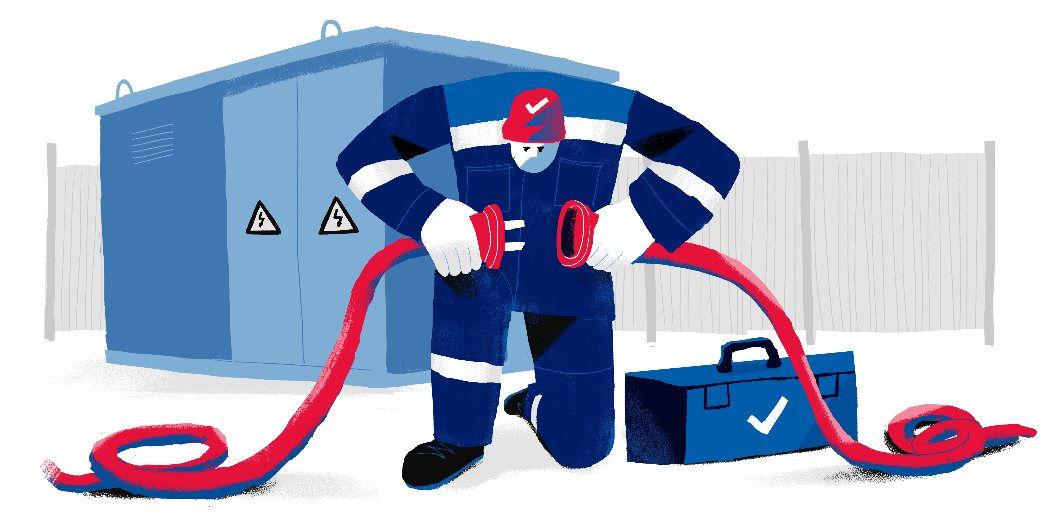
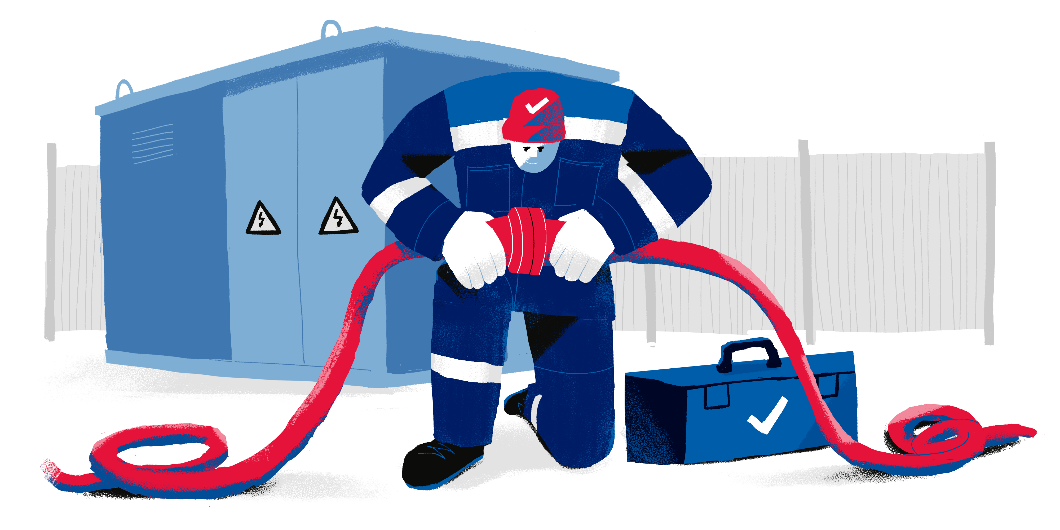
A foreign bank issued a loan to a Russian energy company. The company failed to pay the debt on time, and the court declared it bankrupt. After that, the company that acted as a guarantor for the loan was also declared insolvent. The creditors understood that before the bankruptcy, the guarantor company management stripped the company of its assets but retained all obligations under the contracts. Consequently, a loss center was created of it. That was why the creditors contacted Veta experts for pre-trial financial and economic expert examination. They wanted proof that guarantor management had actually caused damage to the company.
In the mid-2000s, companies that were part of a large Russian holding company borrowed tens of millions of dollars from a foreign bank.
The loan money received made it possible to create an industrial park in one of the central Russia regions. The 90.4 hectares became the home for the holding's companies. They were engaged in the production and supply of electric power and heat, water supply, sanitation, rental of real estate and management of the industrial park.
One of the loans was taken by an energy company that was part of the holding. But after the crisis in 2014, it could not pay for it. Another company from the same holding company acted as a guarantor for the loan.
In 2018, the court declared the guarantor company bankrupt. The guarantor was engaged in the supply of thermal energy, water supply and sanitation. This activity generated 4/5 of its revenue. Also, a small part of the income came from the rental of real estate and the management of the industrial park.
A year later, the bankruptcy trustee contacted Veta for pre-trial financial and economic expert examination. It was necessary to detect the signs of unfair actions of the persons controlling the guarantor. The experts faced the task to determine the following:
The examination was based on the following principle: first, the experts assessed the financial condition of the company, and then they searched for risk zones. In these risk zones, experts identified specific unprofitable transactions.
For the examination, the instructional guidelines of the Ministry of Economic Development No. 35 dated February 5, 2009 On conducting financial and economic expert examination in criminal cases were used. In particular, it contains recommendations on the procedure for analyzing the debtor's transactions. Considering the customer's purpose, based on this document it was possible to develop an approach that allowed identifying unprofitable transactions and showing how they had affected the financial condition of the guarantor.
In their research the experts moved from general to particular. First, they studied the energy industry, and also studied the industrial parks operations specifics. After that, they analyzed the assets, liabilities and performance of the guarantor for the three-year period preceding the bankruptcy (2014-2017). Then they determined the reasons for the deterioration of the company's condition based on its financial statements. The results obtained allowed them to determine the list of unprofitable transactions.
The experts concluded that those transactions had been performed deliberately. The bankruptcy of the company was but their result.
The bank used the experts’ findings during the negotiations. The expert examination results contributed to the conclusion of an agreement on the sale of the guarantor's debt for 4,945,116 euro and the exit from the bankruptcy procedure.


The company had a debt to the individual entrepreneur on the basis of an assignment agreement and a court decision. At the same time, the company acted as a guarantor in favor of the borrower — the company from its holding company: it signed a contract with the bank for 300 million rubles. After a while, the borrower went bankrupt. The individual entrepreneur learnt about it and tried to challenge the guarantee agreement. The expert used a rare approach for Russian practice to evaluate the debtor’s financial condition and came to conclusions that saved the transaction.
In 2017 Kursk-Milk LLC (hereinafter referred to as the company, the guarantor) entered into a guarantee agreement with the bank to secure a loan for 300 million rubles. The loan was received by a dairy plant, part of the same holding company. The debt was also secured by collateral.
Since the same year the loan borrower, the dairy plant, was declared bankrupt by the court, the lender decided to challenge the guarantee agreement. He stated that the deal was uneconomic and led to an unjustified increase in the debt of the guarantor.
To determine the financial condition of the guarantor and his ability to pay the debt, the court appointed an expert examination.
The judge posed 4 questions before the experts. The experts had to determine:
The first two questions were posed by the court to get an idea of the financial condition of the company before the conclusion of the guarantee agreement. The answers to the last two questions were supposed to predict its financial condition as a result of the execution of the transaction.
The first question. The experts calculated four indicators of solvency: the ratios of absolute and current liquidity, the security of the obligation with assets, the degree of solvency for current obligations. The experts then compared the results with the standard values. The available result seemed not to allow to clearly determining the solvency of the company: some of the indicators met the standards, but the liquidity indicators were below the standard.
However, the specifics of the liquidity ratios are that they may be lower than the standard ones in companies with a high turnover of assets. This follows from the Instructional Guidelines of the Federal State Statistics Service (Goskomstat RF). To determine the assets turnover, an industry analysis is required. Veta Group experts are among the few in Russia who are able to make such an analysis based on industry values that they calculate independently.
The experts conducted an industry analysis, applied the Goskomstat RF technique and came to the conclusion that the guarantor belonged to the category of companies with high-turnover assets and was solvent.
The second question. The experts determined that the company was presumably unable to completely fulfill the obligation under the agreement.
The third question. The experts developed a model of the company’s potential financial condition based on its liabilities scheme depicted in its accounting and reporting. Modeling enabled them to characterize the debtor’s possible financial condition and draw a conclusion: he could have signs of insolvency, but not signs of insufficient property.
The fourth question. To find out the possibility of executing the agreement in the presence of collateral, the experts estimated its value and added the company's remaining funds to this amount. They compared the total amount with the amount of the guarantee obligation and concluded that Kursk-Milk LLC could pay the debt to the bank.
The court concluded that the guarantee agreement was made in the ordinary course of business, and the fact that the company assumed additional obligations of the guarantor did not affect the possibility of fulfilling obligations to the plaintiff-individual entrepreneur.
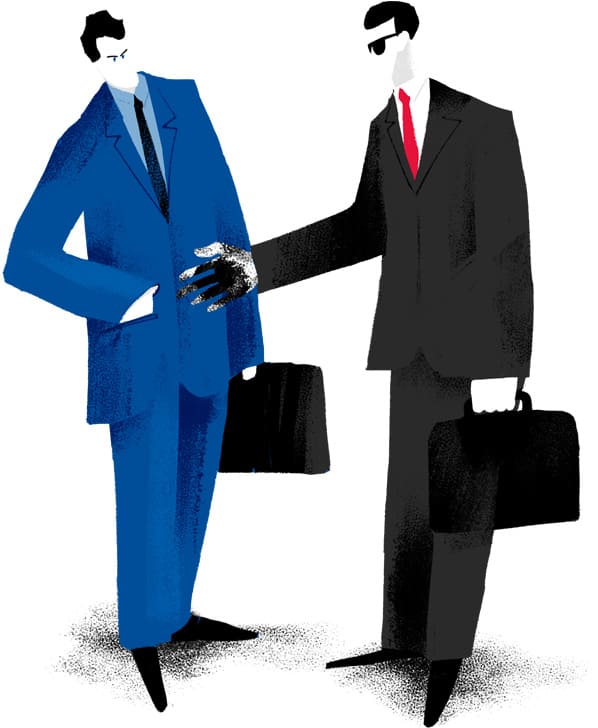
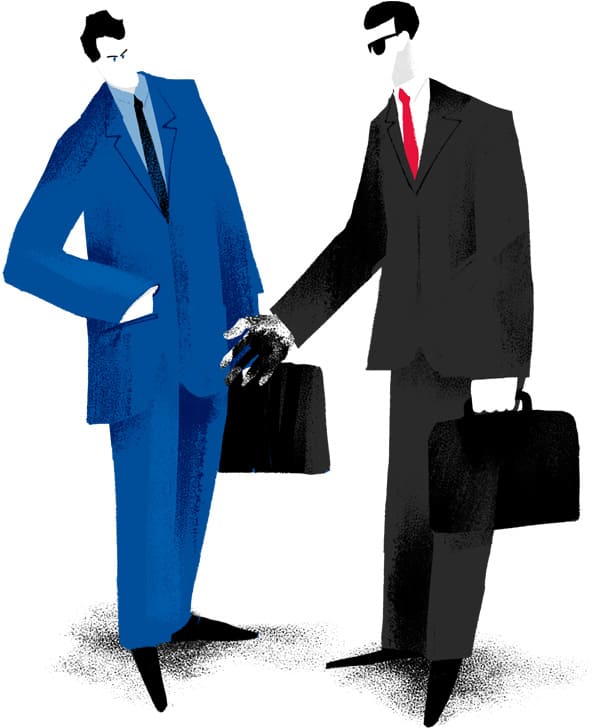
On 31 October 2014 the Board of Directors of Z JSC approved a contract for the supply of petroleum products from X LLC for up to 83 billion rubles, which amounted to 20.65% of the value of Z's assets. But later the companies did not enter into the contract.
Why did this happen? A corporate dispute occurred among the X participants, and one of them, let's call him Ivanov, told Z that X allegedly was conducting business in bad faith. So, the deal failed as Z considered it too risky for its goodwill.
As a result of Ivanov's actions, X lost the opportunity to profit from long-term cooperation with Z, which generated significant revenue.
The court decided to exclude Ivanov from the LLC participants. But the X goodwill was already damaged, many companies decided to cancel their contracts with X, futher partnering bogged down.
The losses suffered by X are but lost profits, namely the unearned income that X LLC would have received under normal conditions of civil transactions. But X’s rights were violated as a result of the fact that Z JSC did not prolong the supply contract.
The comparative and cost based approaches could not be implemented due to the specifics of the item subject to valuation. The expert decided that the income approach would be appropriate here, namely discounted cash flow method. The reason was that the results of the company's activities in calculating claims for damages were different in various periods and had limited terms.
The customer get a chance to win a payout of 123,126,000 rubles of lost profit.
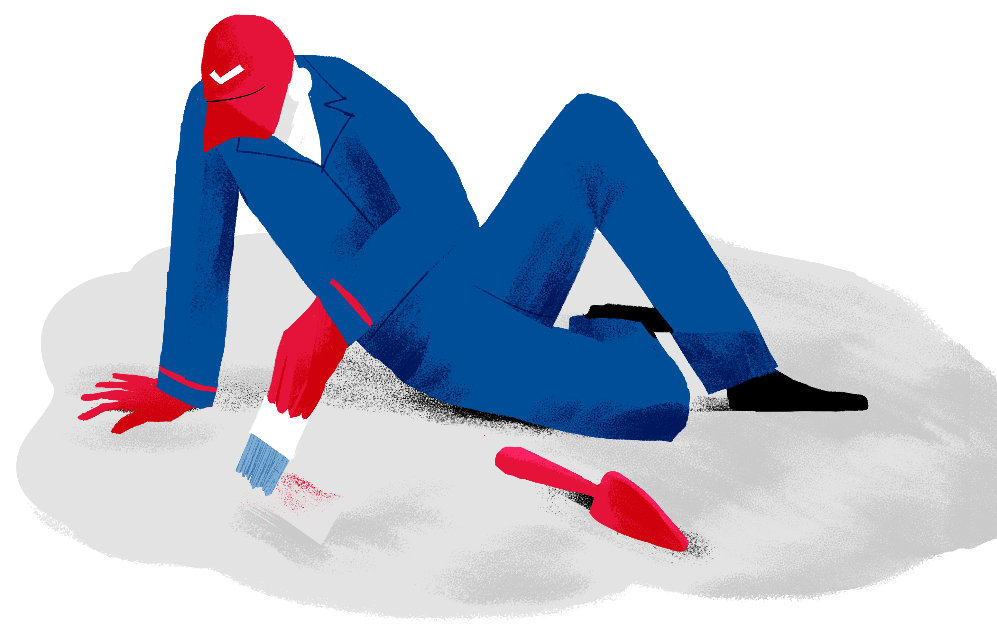
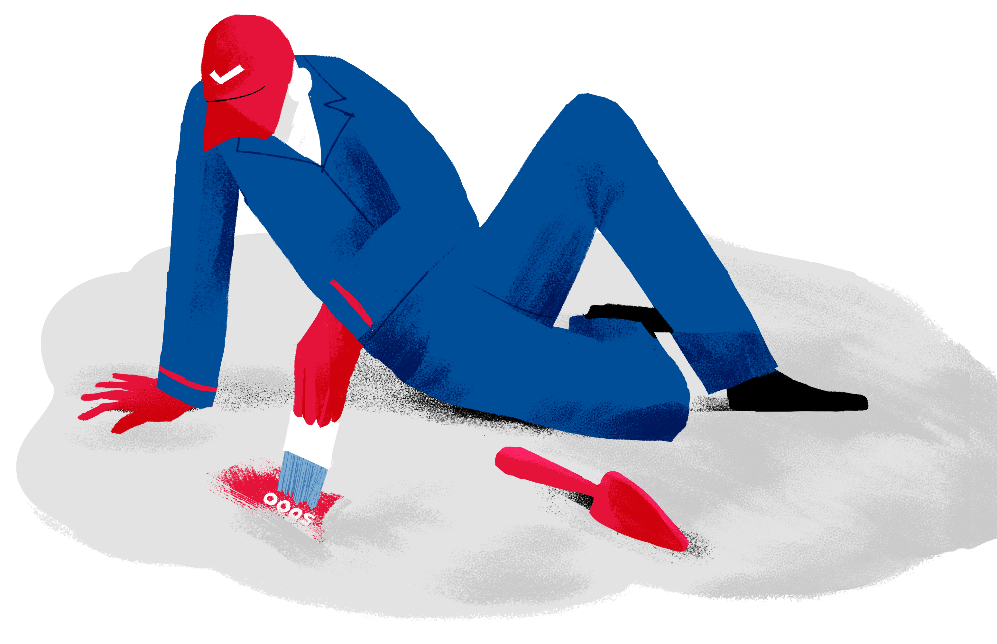
A bankruptcy administration was introduced at Pskov Electrotechnical Plant OJSC. Its bankruptcy trustee launched a lawsuit with a statement that the agreement on termination of the debtor's obligations to pay the debt under the loan agreement between Pskov Electrotechnical Plant OJSC and the Bank should be recognized as an invalid transaction and the Bank should return all the funds received to the bankruptcy estate.
The bankruptcy trustee supposed that the debtor's property had been transferred to the defendant at an extremely low price, therefore the transaction was invalid due to clause 1 of Article 61.2, clause 1 of Article 61.3 of the Federal Law No. 40-FZ “On Insolvency (Bankruptcy)”.
The Court commissioned Veta Expert Group to conduct a judicial expert valuation to determine the market value of the property transferred under the disputed agreement.
«What is the market value of the property transferred under the disputed agreement as of the date of entry into the agreement, namely 12 September 2013?»
Despite the preliminary application, the tenant's representative did not allow the expert to enter the premises. The latter had to limit himself to a visual inspection from behind the fence. Based on the results of such inspection and the case file the expert drew up a report and submitted it to the court.
The expert's opinion was reviewed. After written answers to questions, the expert was called to court, where he explained the circumstances of the inspection. He drew the court's attention to the fact that the facilities in question had been repaired in 2015, although the date for the valuation was established as 12 September 2013. In this case historical valuation should be performed, as a result of which the condition of the objects was considered as “satisfactory”. The expert answered all questions about the valuation methods and, as a result, the court commissioned supplementary expert examination.
This time the question was slightly different: «What was the market value of the property transferred under the disputed agreement, considering the provision of additional information about the technical condition of the property (wear of buildings), its impact on the characteristics and correction factors used by the expert in calculating the cost as a whole, as of the date of entry into the contract—12 September 2013?»
The expert conducted a study once again and sent an opinion to the court. The property market value amounted to 136,764,389 rubles 05 kopecks.
As a result, the court held:
— To invalidate the compensation agreement concluded between Pskov Electrotechnical Plant OJSC and Boomerang Social Development Commercial Bank OJSC;
— To recover 136,764,389 rubles 05 kopecks from Boomerang Social Development Commercial Bank OJSC in favor of Pskov Electrotechnical Plant OJSC to reimburse the value of the property listed in the compensation agreement.
In this case, the expert succeeded in defending his valuation methods, proved his right in supplementary expert examination and achieved a fair solution.


Our experts revised the cadastral value of the land plot in Moscow. After the work of experts, the cadastral value of the facility was reduced by 3,720,115,259 rubles
The owner of the plot in Moscow contacted us to challenge its cadastral value.
Given: a plot for a storehouse and industrial facilities with an area of 111,327 m2.
The initial cadastral value was 6,180,415,259. 49 rubles.
After our expert joined the case, the cadastral value of the plot was reduced to 2,460,300,000 rubles.
The tax burden also decreased — for 2 years, the savings amounted to 111,603,458 rubles.

